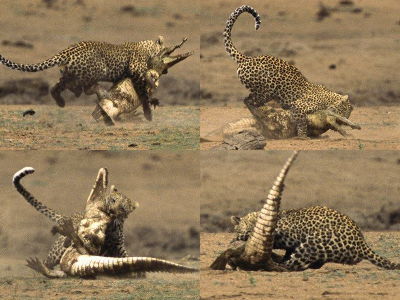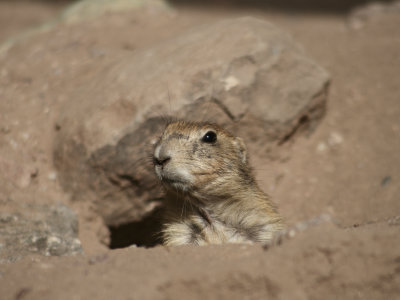Why are slime movements slow so much?

A sloth that hangs from the trees and has a sunny day "eating", "resting", "sleeping" seems to be done only. Actually, I have done only about 3 of them, but Kenny Kugan, who is protecting animals, is unconcerned about the history of sloths, why they decided to live like that.
Why are sloths so slow? - Kenny Coogan - YouTube
Fossils found in the cave in West Virginia in 1796, later the third American president of the United StatesThomas JeffersonI was sent to. Jefferson was also known for his deep knowledge of biology.
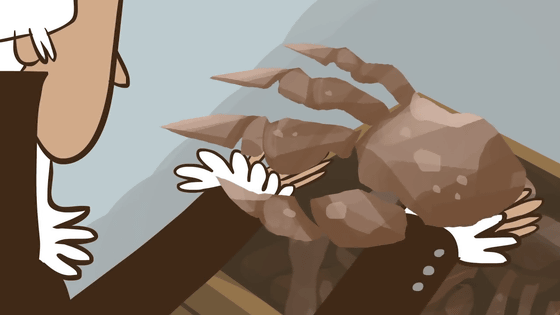
At this time Jefferson did not know what living thing the bones belonged to, but I thought long and sharp nails as "claws of animals like lions or panthers inhabiting North America".
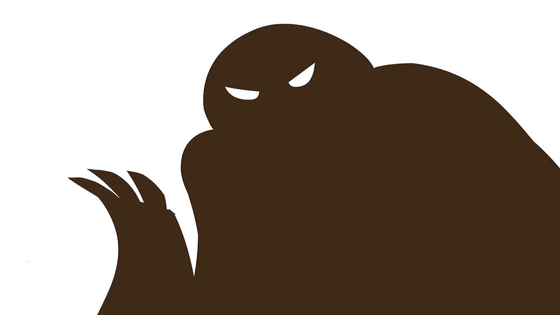
Because of that,Meriwether · LewisWhenWilliam ClarkeIt is said that he encouraged vigilance against this unknown Lion.
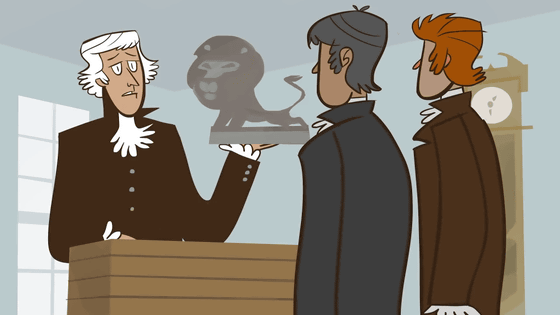
However, in reality the fossils sent to Jefferson are not Lions, but extinct "A huge slothIt was thing of.According to National Geographic, A few months after the fossil arrived, I heard that it is a sloth from comparison with other specimen sketches.
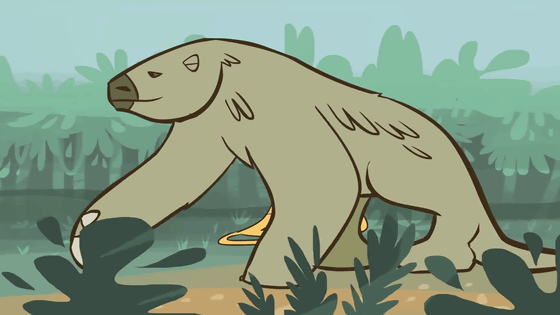
A gigantic sloth living on the ground appeared about 35 million years ago, and many seedsMastodonYaFlying ArmadilloAlong with the North American continent to South American continent.

To the ground throwsMegalonychidaeThere were also seeds of about the size of a cat called cat, but the "megaronics" delivered to Jefferson's body seemed to have been huge compared to the nowadays sloth (less than 10 kg), as the weight was about 1 ton. is.
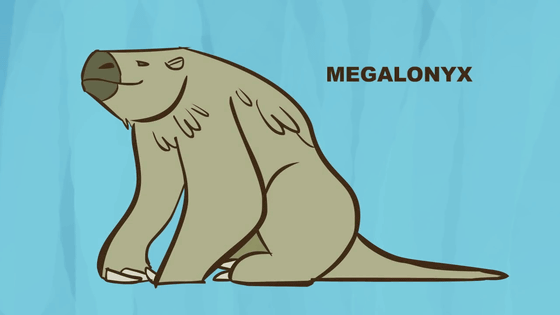
Mega-terrestrial "larger than the megalonics, it was as big as an elephant.
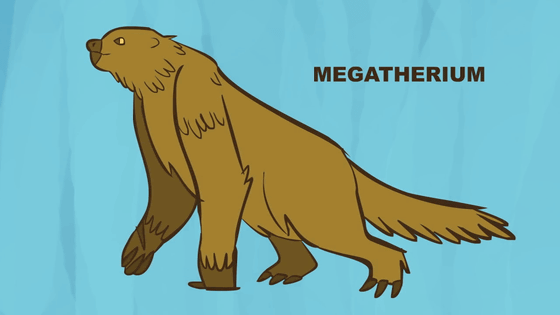
The grand slaughter moved with savanna and the forest with a tough arm, digging up the grass from the roots with sharp nails, climbing the tree, and eating leaves and ancient avocados.
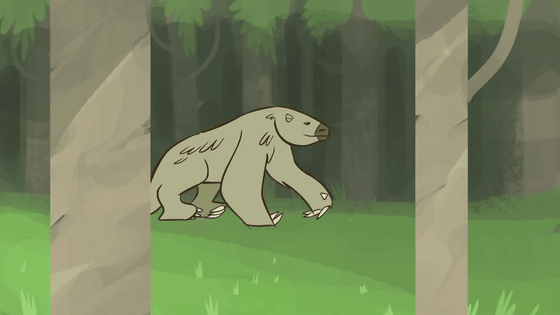
For small animals also the seeds of avocado was large, so we could not swallow it, but the grand sulrows ate avocado, swallowed seeds and discharged it along with feces. It is possible that we can now eat avocado thanks to the contribution that the grand slause contributed to spread avocados,Kenny KuganSays.
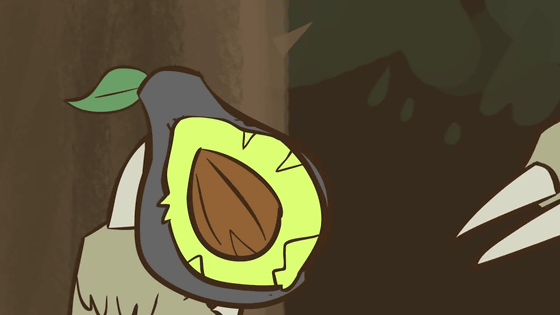
This is a grand throat that has been prospering for millions of years, but about 10,000 years agoThe western hemisphereI reduced the number with other gigantic mammals who inhabited. Researchers consider the cause to be the arrival of the Ice Age and the impact of humans and others. Human arrival in the Western Hemisphere is due to the extinction of the Grand Throos and timing overlap.
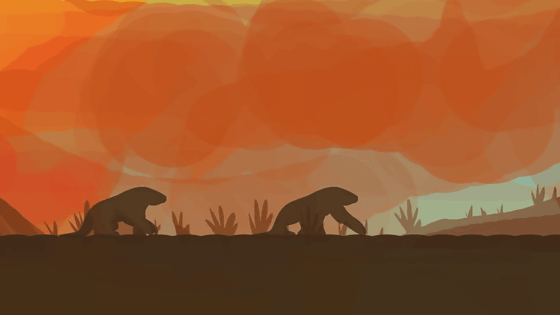
Part of the small sloth survived, and moved the place of life to the trees. The surviving sloths are the six species that live in the rainforest of Latin America.
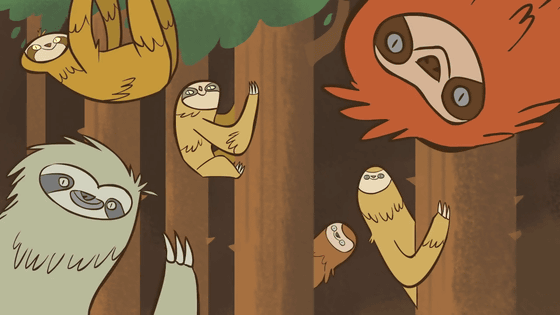
Tree life has the advantage that it is hard to be targeted by predators and there are plenty of leaves that become food.
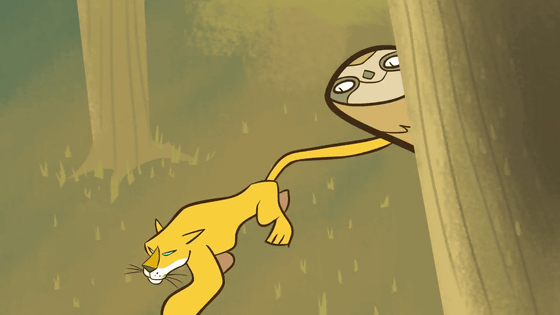
However, "There are only leaves" is a disadvantage. Creatures replenish energy with meals and use it for life activities, maintaining body temperature, moving, etc. because the leaves are low in calories and energy intake is not easy.

For this reason, most herbivorous animals eat fruits, seeds, etc. that are more caloric than leaves.
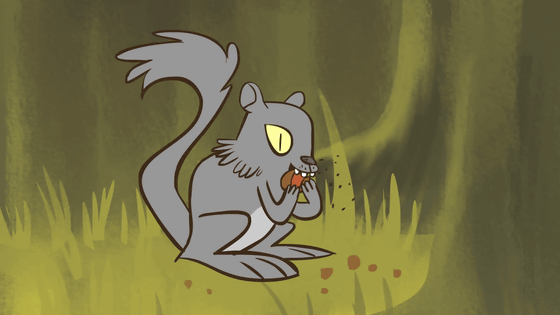
But the slices, especially the leaves of the sloth, are almost only leaves. In accordance with this meal, we are setting up a survival strategy.
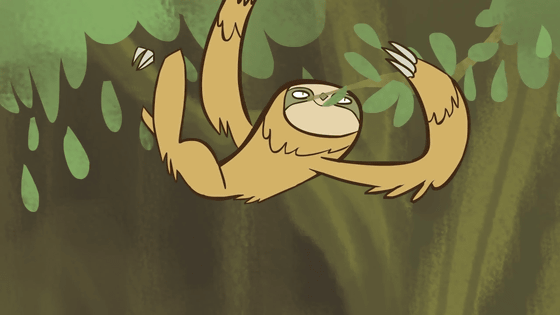
One thing is to consume energy as much as possible from food. The stomach, which occupies one-third of the body of the sloth, is divided into several rooms, depending on species, you can spend about a week without meals.
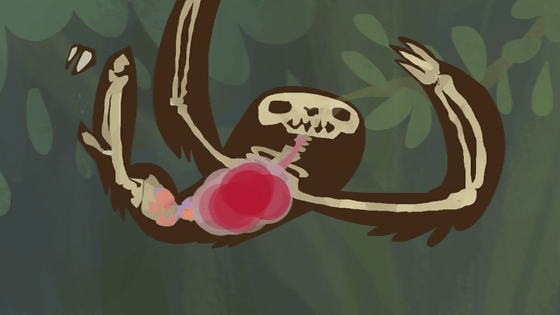
The second thing is that it consumes almost no energy. "Not much movement" reflects this strategy, and most of the time of daily life is spent on "to eat" "to rest" "sleep". I come down from the trees once a week, only at the time of the toilet.
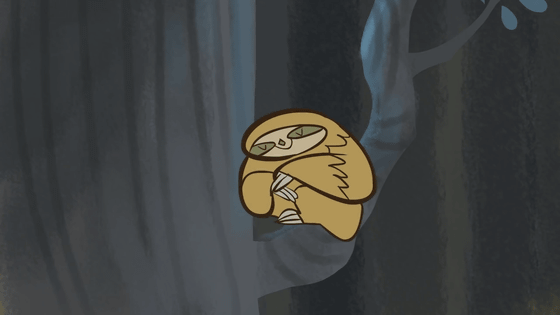
In the first place the speed of movement is not so fast, it takes about 5 minutes on average to cross the road.
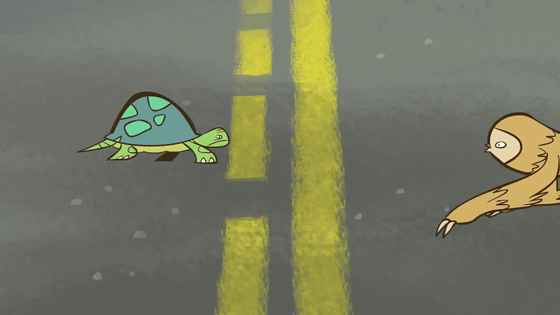
A chariderman who traveled in South America has just come across a sloth crossing the road.
Discovering sloths crossing the road and convinced that "it is defenselessly attacked and attacked" - GIGAZINE

Muscle mass which is 30% less when compared to animals of about the same size is also affected as a reason for slow movement.
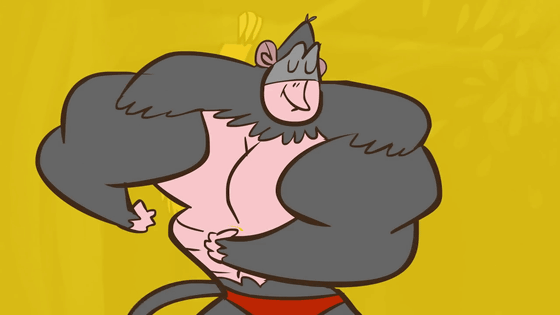
It is a mechanism for not using the energy "maintain body temperature" that it is a rare climate animal in mammals. It is unusual for mammals to say that body temperature goes up and down by 5 degrees from "normal temperature" although it is smaller than reptiles. This survival strategy minimizes energy consumption or metabolic rate.
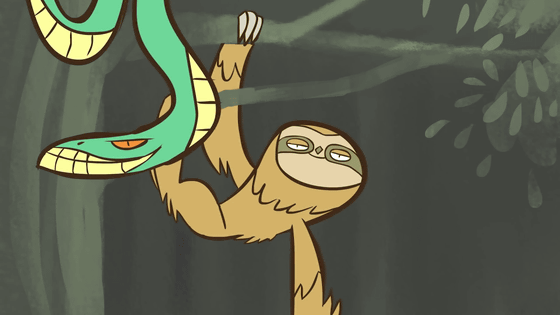
I ranked mammals by late metabolism and ranked first, Mitsuyubi Sloths, Giant Panda at 2nd place, and Leopard petrels at 3rd place.
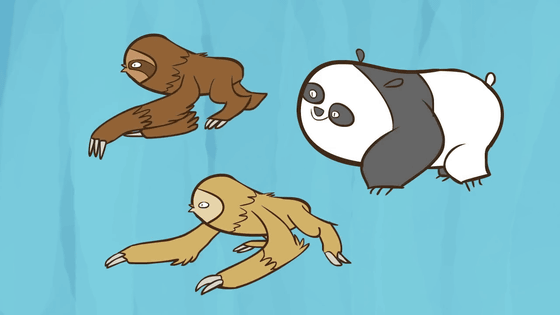
Movement is too late and algae grow on the back of sloth, but this is useful not only for camouflage when sloth lives, but also sometimes "snacks".
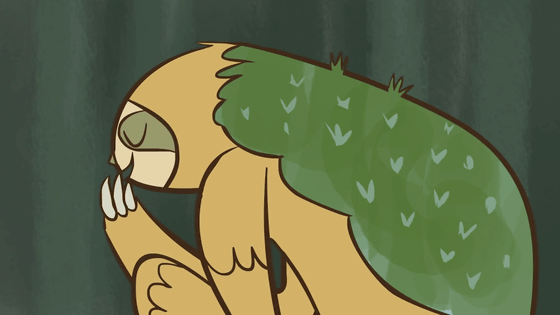
Related Posts:


